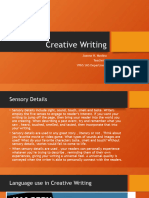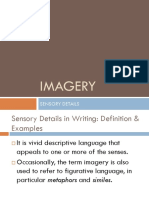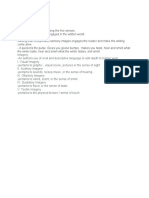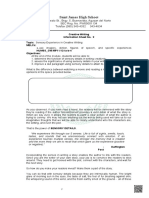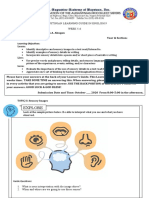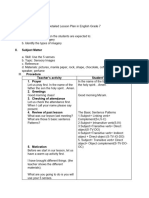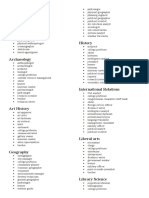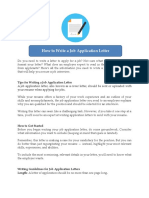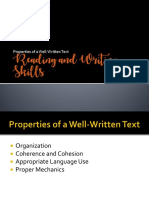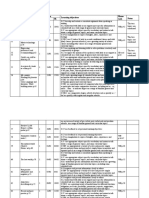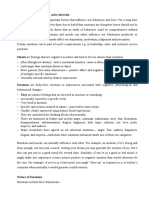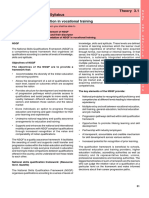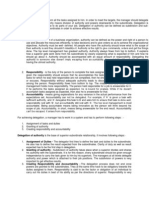0% found this document useful (0 votes)
113 views2 pagesHUMS04 Unit I Lesson 2 - Lecture
This lesson teaches about using sensory details in writing to create engaging stories. Sensory details appeal to the five senses - sight, sound, touch, smell, and taste. When used effectively, sensory details bring a story to life by allowing readers to experience what a narrator sees, hears, feels, smells, and tastes. Examples are given of how sensory details can enhance descriptions and help readers feel personally connected to the story. Different types of sensory details are defined for each of the five senses.
Uploaded by
Mai GeeCopyright
© © All Rights Reserved
We take content rights seriously. If you suspect this is your content, claim it here.
Available Formats
Download as PDF, TXT or read online on Scribd
0% found this document useful (0 votes)
113 views2 pagesHUMS04 Unit I Lesson 2 - Lecture
This lesson teaches about using sensory details in writing to create engaging stories. Sensory details appeal to the five senses - sight, sound, touch, smell, and taste. When used effectively, sensory details bring a story to life by allowing readers to experience what a narrator sees, hears, feels, smells, and tastes. Examples are given of how sensory details can enhance descriptions and help readers feel personally connected to the story. Different types of sensory details are defined for each of the five senses.
Uploaded by
Mai GeeCopyright
© © All Rights Reserved
We take content rights seriously. If you suspect this is your content, claim it here.
Available Formats
Download as PDF, TXT or read online on Scribd
/ 2

















